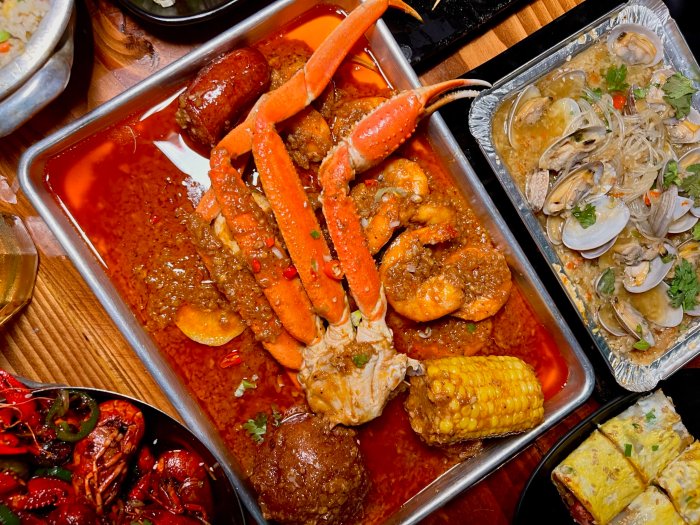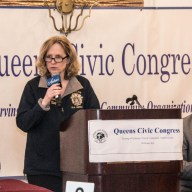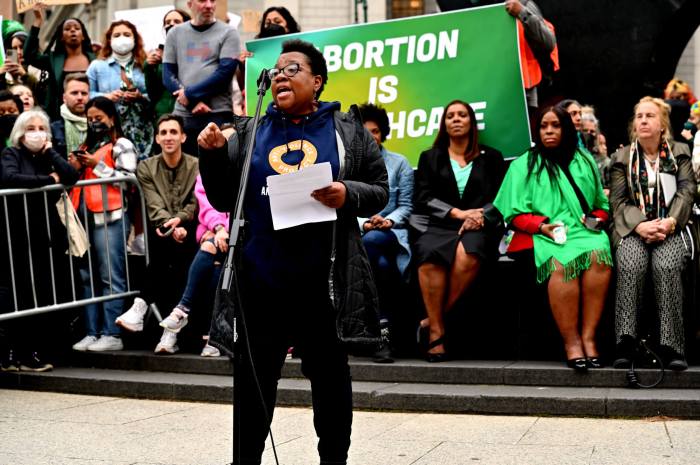By Joshua Davis
In a time of world-wide political division, unilateral approaches, war and ignorance toward cultural diversity, close to 200 interfaith Brooklynites, other New Yorkers and out-of-towners proudly marched across the Brooklyn Bridge in support of peace and unity between people of all religions. The June 9 march was the Second Annual Children of Abraham Peace Walk and assembled at the Islamic Mission of America, Dawoud Mosque in Brooklyn Heights. The walk was created to draw attention to community members, of different faiths and backgrounds, living together in peace. “The purpose [of the peace walk] is to demonstrate that responsible people from different faiths can gather together in the spirit of peace,” said Rev. Tom Martinez, a walk organizer with All Souls Bethlehem Church in Kensington. “All of our peoples are engaged in so much hatred and violence against each another that we wanted to say in Brooklyn that we have a great opportunity to show a different way,” said Rabbi Ellen Lippmann of the Kolot Chayeinu-Voices of Our Lives Synagogue in Park Slope, a co-founder of the walk. “We have an opportunity to say, at least in Brooklyn, we can live together in peace.” Debbie Almontaser, a co-founder of the event and a member of the Dawoud Mosque, said the walk symbolizes “a commitment to our communities that we would find ways to communicate and educate our communities about one another towards our vision of peace as side by side neighbors.” Before the group left Dawoud Mosque, a mixture of interfaith prayers and blessing of peace were offered to all in attendance. The walkers also welcomed with a greeting from Borough President Marty Markowitz. “I think we all know how fortunate we are in Brooklyn that we have Christians and Jews, Muslims and Hindus and Buddhists, and even some who are not exactly sure what they are,” said Markowitz. “The one thing we do know is that 99.9 percent of the time Brooklynites live in peace and respect with each other because they recognize, and really believe they do, we are all children of the same God.” The peace walk then traveled across the Brooklyn Bridge to St. Paul’s Chapel across from Ground Zero. “St. Paul’s [Chapel] has really become symbolic of healing in particularly with 9/11 when it was a center for the relief effort,” said Martinez. “Since then people of different faiths have gathered there as a place for healing and we feel really good about ending up there.” “Walking across the Brooklyn Bridge brings more visibility to the event,” Martinez added. The walk, reads a statement issued to the press from the organizers, is intended to revive the spirit of Spain’s “Golden Age,” an unparalleled period of interfaith collaboration and spiritual enrichment. Organizers led the march with a banner with the word “peace” in Hebrew, Latin and Arabic, and the quote, “To Save A Single Life Is To Save The Whole World.” Those walking with the group were cheerful and wanted to do their part to spread peace in a time of war. “I’m here to help support our Muslim neighbors who have been discriminated against since 9/11 very badly—deported, arrested, harassed,” said Charlie Horwitz, chair of the Ethical Action Committee at the Brooklyn Society for Ethical Culture. “This is one of the main events in New York City to do that.” “This is the thing I believe in—peace and reconciliation,” said S.B. Karmahar, a member of the International Committee for Arab-Israeli Reconciliation, Inc. “I met some likeminded people and in the future I feel we can work something together. I’m a Hindu so I believe in reconciliation and peace.” In total there were more than 15 co-sponsoring groups, from across Brooklyn, involved in the walk. “I love the idea of these groups coming together,” said Eileen Blank, a teacher in Park Slope who belongs to Rabbi Lippmann’s congregation. “I think it’s amazingly important. It’s so rare that people of different religions get together. I think it can be a very powerful thing. This is little step towards understanding. Not everybody’s fighting. There are people who can come together.” Zakiyah Ansari of East Flatbush added that “it’s nice to see a lot of different faces join together in a time when you hear that a lot of people don’t get along.” One group involved with the walk, The Dialogue Project, hosts monthly conversations for community members of different faiths and backgrounds to promote better overall understanding. “A big part of the dialog is learning to listen and sitting on your hands and listening to someone else’s truth,” said Eddy Ehrlich, a longtime member of The Dialogue Project. Lippmann and Almontaser worked together to create the walk after they first met, Lippmann says, shortly after September 11, 2001. It was then that Lippmann invited Almontaser to speak at her synagogue for a dialog sermon during the Jewish holiday of Rosh Hashanah. “We didn’t know how it was going to be,” said Lippmann. “It was a little shocking to some people, but they gave [Almontaser] a standing ovation.” “We made a big promise in front of [Lippmann’s] organization to build bridges of understand between our communities,” said Almontaser. “So the Peace Walk is something that came up.” “We didn’t want it to just end at that,” added Lippmann. “We didn’t want to say, ‘ok, big splash, that’s the end.’ So we started to plan [the walk].” Event organizers and participants were united with their desire for more peaceful and diverse neighborhoods. “I hope this will be an example for the rest of the world to follow,” said Markowitz. “It really can be. The only way we make it is by making it together. We all want the same for our families and ourselves.”




























